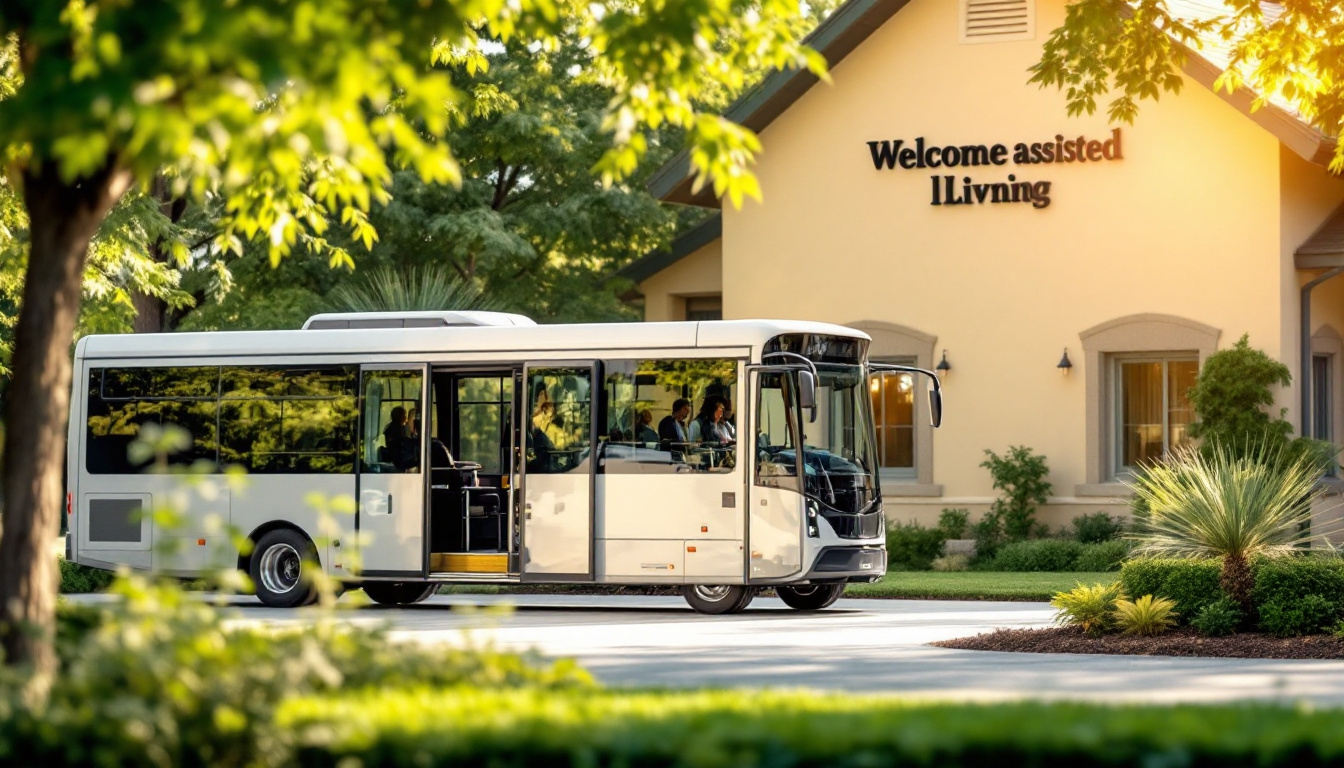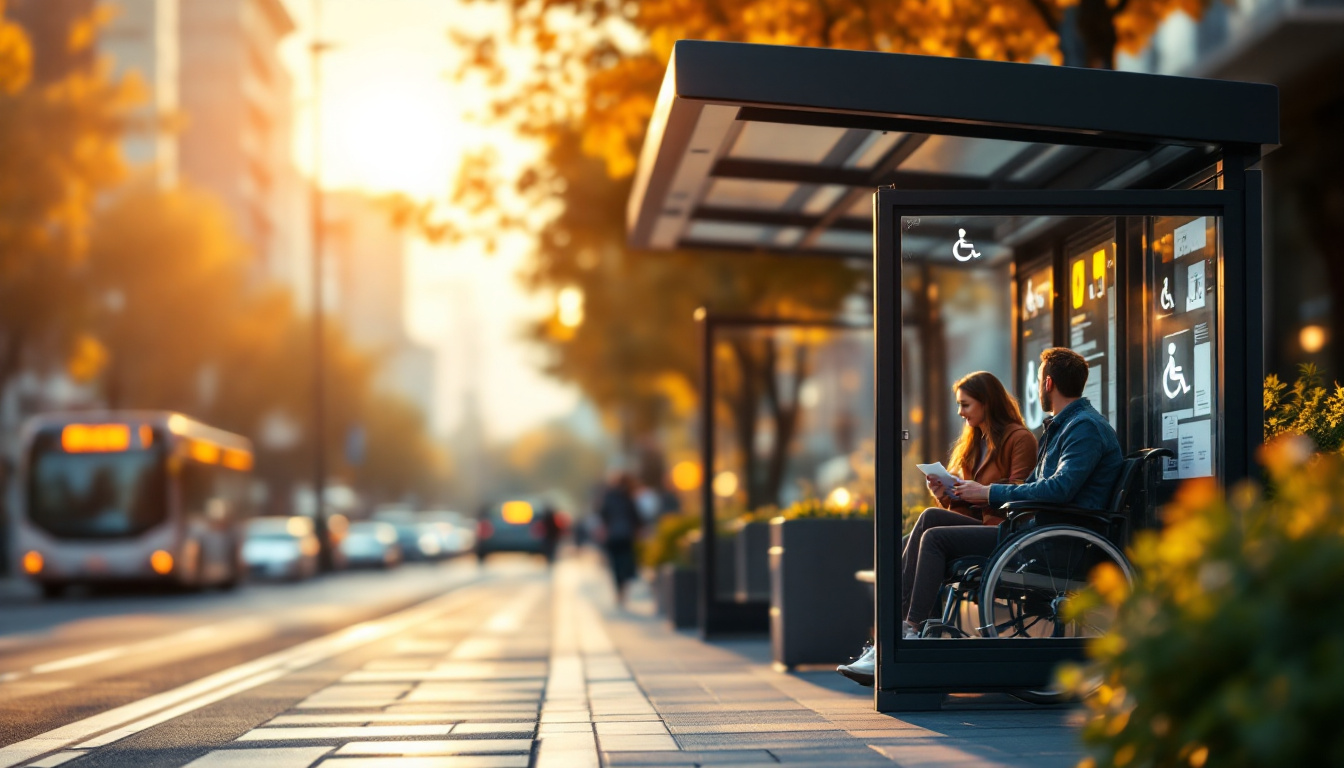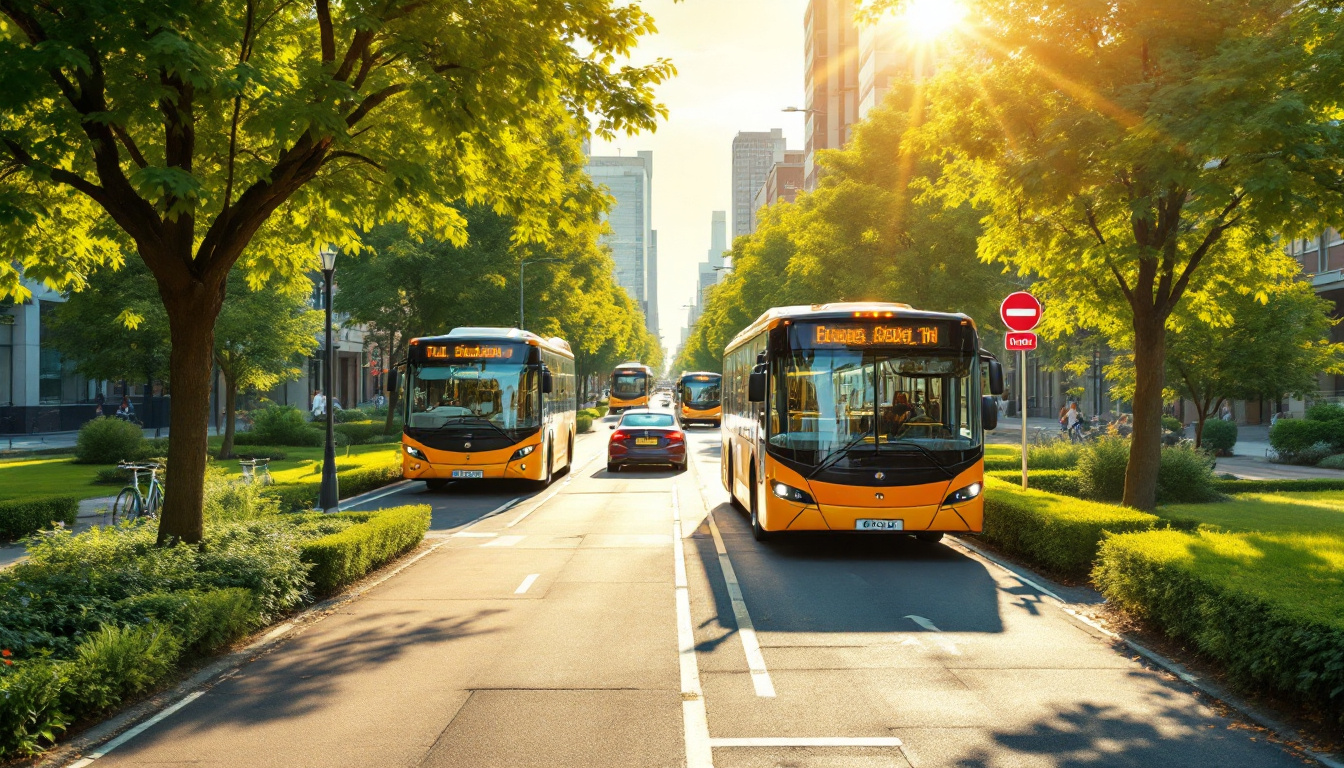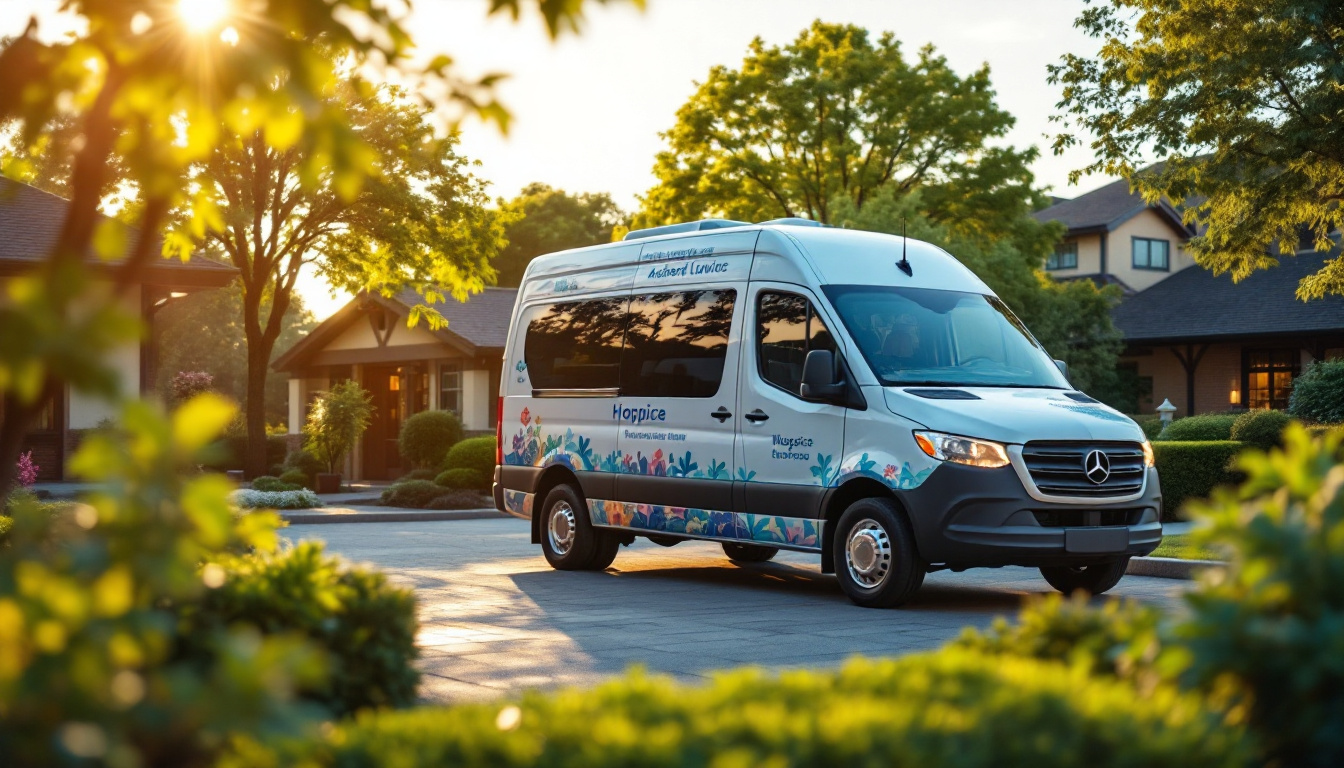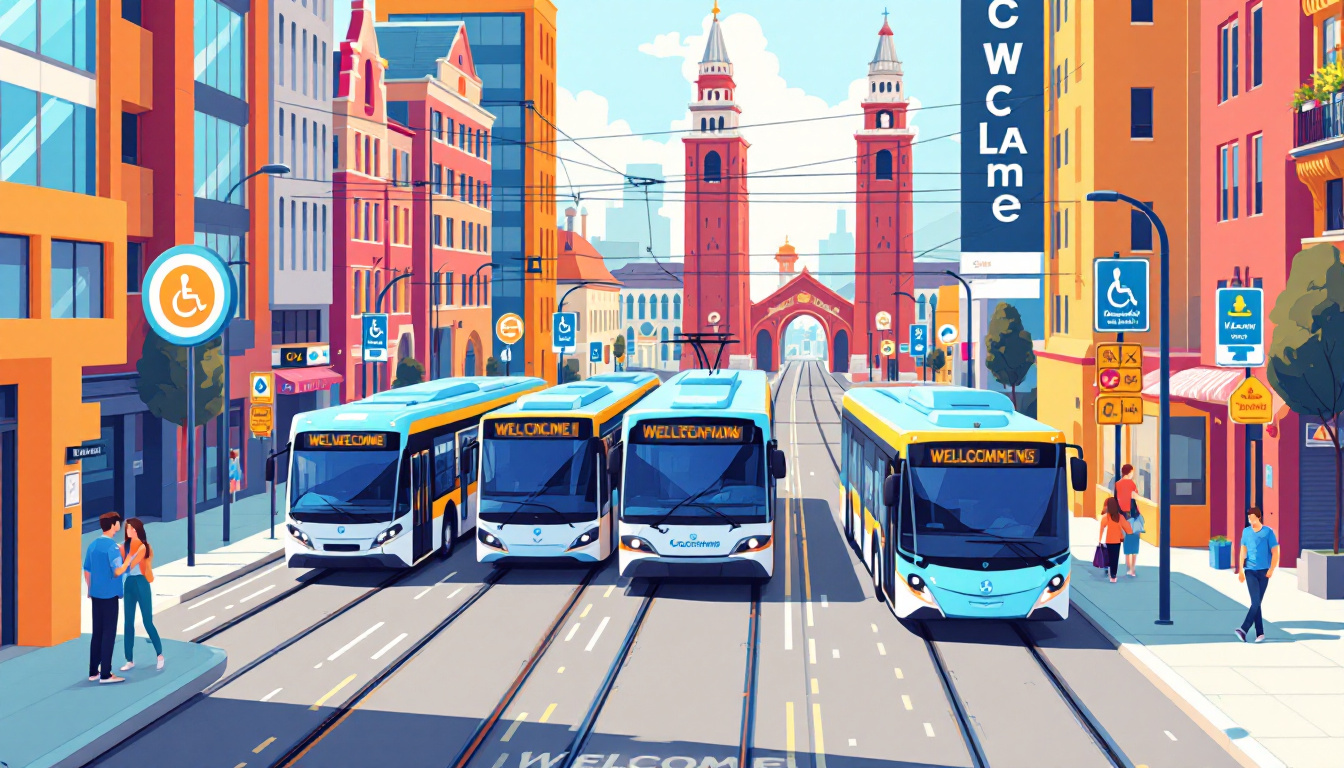The Role of Transportation in Senior Socialization and Well-Being
Ensuring Well-Being Through Mobility: Transportation's Crucial Role in Senior Socialization
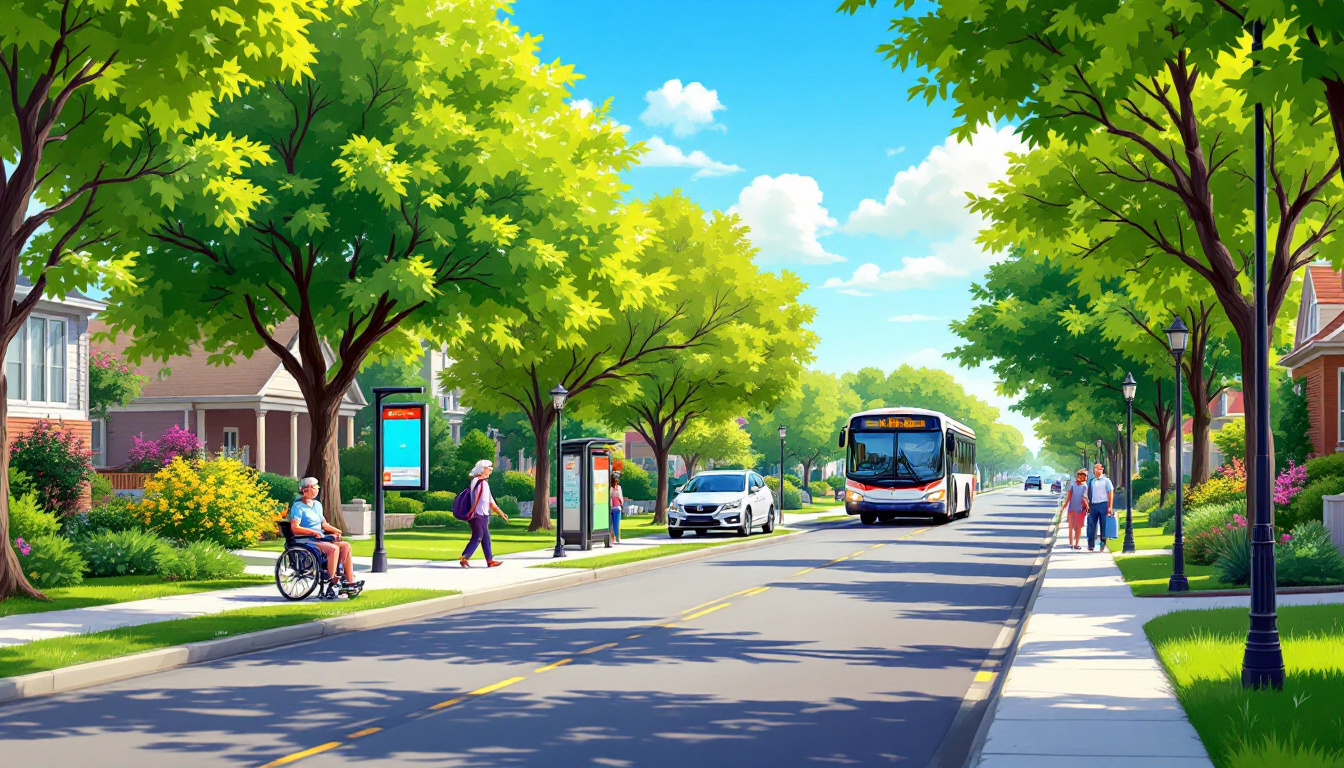
The Connection Between Transportation and Senior Well-Being
Transportation is more than just a means to get from one place to another; it is a lifeline that connects seniors to their communities, vital services, and social networks. As society grapples with the challenges of an aging population, the role of transportation becomes increasingly critical in promoting social engagement and well-being among older adults. This narrative explores how transportation accessibility impacts social interaction, quality of life, and health in the senior population.
Transportation's Impact on Senior Socialization and Health
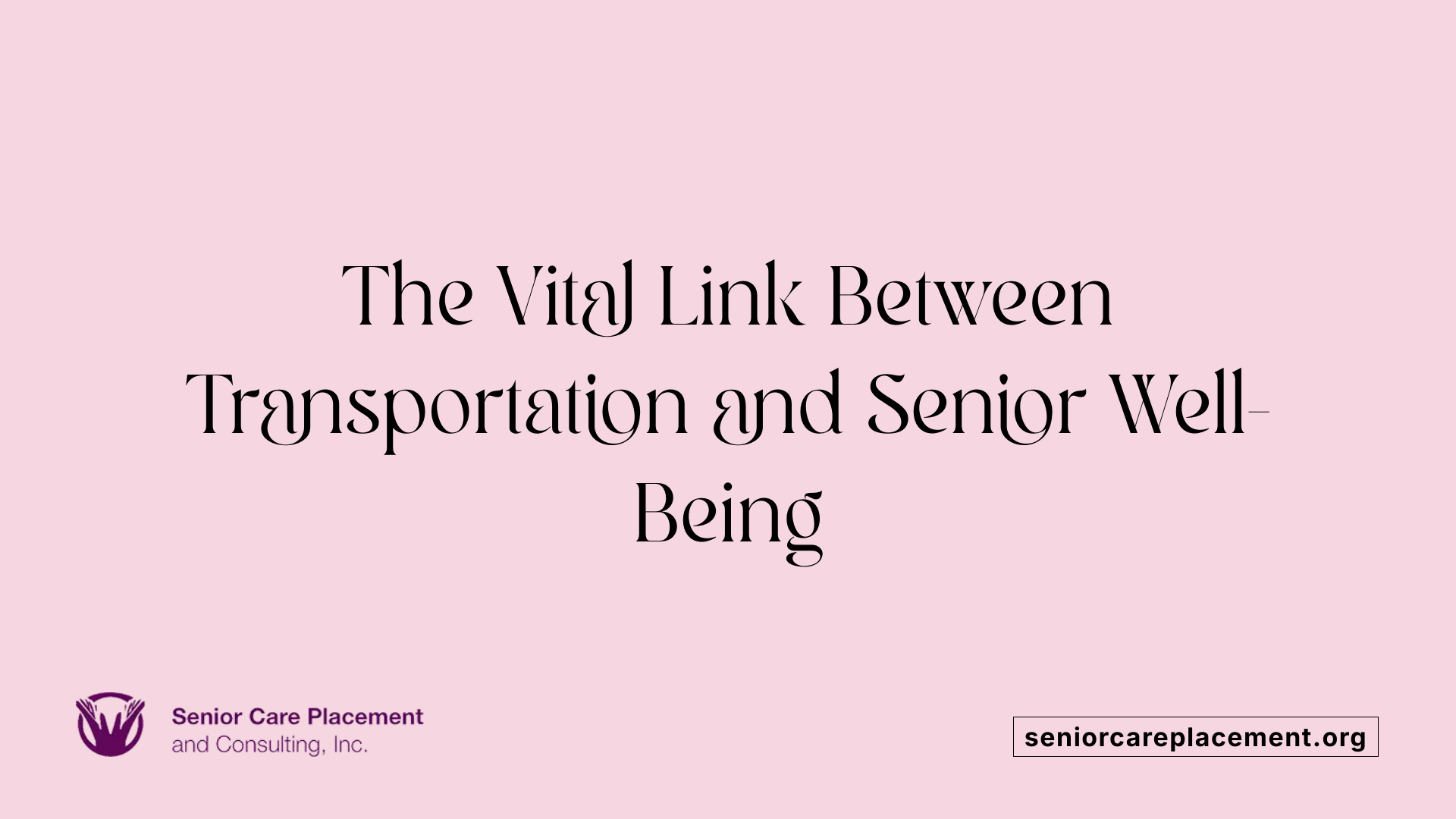
What is the impact of transportation on senior socialization and well-being?
Transportation significantly impacts senior socialization and overall well-being. It is critical for accessing healthcare services, nutritious food, and social activities. Unfortunately, a large majority of older adults depend on personal vehicles for mobility. As many age or face health conditions, their ability to drive diminishes, creating obstacles to essential services and social interactions.
The consequences of limited transportation options are profound. Many seniors encounter barriers due to mobility issues, financial constraints, and cognitive or health limitations. Such factors often lead to social isolation, which has serious implications for mental health. Research indicates that older adults who struggle to secure rides to social events or healthcare appointments face increased risks of depression and cognitive decline.
On the brighter side, accessible transportation options can play a vital role in mitigating these challenges. Solutions such as public transit, community volunteer driver programs, and ride-sharing services like Uber and Lyft enhance mobility for older adults. These initiatives allow seniors to engage more readily in community activities, visit friends, and participate in social events, all of which contribute meaningfully to their mental health and sense of belonging.
Challenges faced by seniors due to mobility, financial, and health limitations
Despite the importance of transportation, older adults encounter numerous challenges. For many, mobility constraints—such as reliance on assistive devices and cognitive impairments—hinder their ability to utilize traditional transport options. Financial limitations also restrict access to more convenient choices, while high fares and unavailability of services in rural areas further complicate matters.
Physical barriers, like difficulties boarding or alighting from vehicles, add another layer of complexity. Additionally, seniors often report feeling vulnerable to crime when using public transportation, which can discourage them from utilizing these services and lead to further isolation.
Effective transportation options promoting social engagement
To improve the social integration of older adults, effective transportation options are essential. This includes developing specialized transport services tailored to the needs of seniors, such as paratransit systems, reduced fare public transport, and comprehensive volunteer driver programs.
Community initiatives also offer valuable resources, from senior centers providing organized rides to tech solutions like GoGo Grandparent that simplify ridesharing. These collective efforts not only enhance mobility among older adults but also serve as a lifeline, significantly facilitating access to vital services and opportunities for social interaction. As research suggests, a well-connected transportation network is integral in improving older adults' quality of life, promoting overall well-being, and helping reduce feelings of loneliness.
Barriers to Transportation for Seniors

Common Barriers to Transportation
Accessing transportation can be a significant hurdle for older adults. Common barriers include:
- Affordability: Many seniors are on fixed incomes, making high fares or vehicle maintenance costs prohibitive.
- Physical Accessibility: Physical limitations can make it challenging to use conventional public transit systems, which may not be designed with seniors in mind.
- Lack of Awareness: Many seniors may not be aware of available transportation services or how to navigate them.
Specific Challenges in Rural Areas
Older adults living in rural areas face unique challenges:
- Limited Routes: Public transport options often have fewer routes, making it difficult for seniors to reach social events or services.
- High Fares: Transportation costs can disproportionately affect seniors who may need to travel longer distances for essential services.
Impacts of Barriers on Social Participation and Isolation
These barriers can lead to significant social implications:
- Increased Isolation: Seniors unable to access transportation may miss out on social gatherings, leading to feelings of loneliness.
- Decreased Engagement: Lack of reliable transport can hamper participation in community activities, worsening mental and physical health outcomes.
Innovative Solutions and Collaborative Efforts
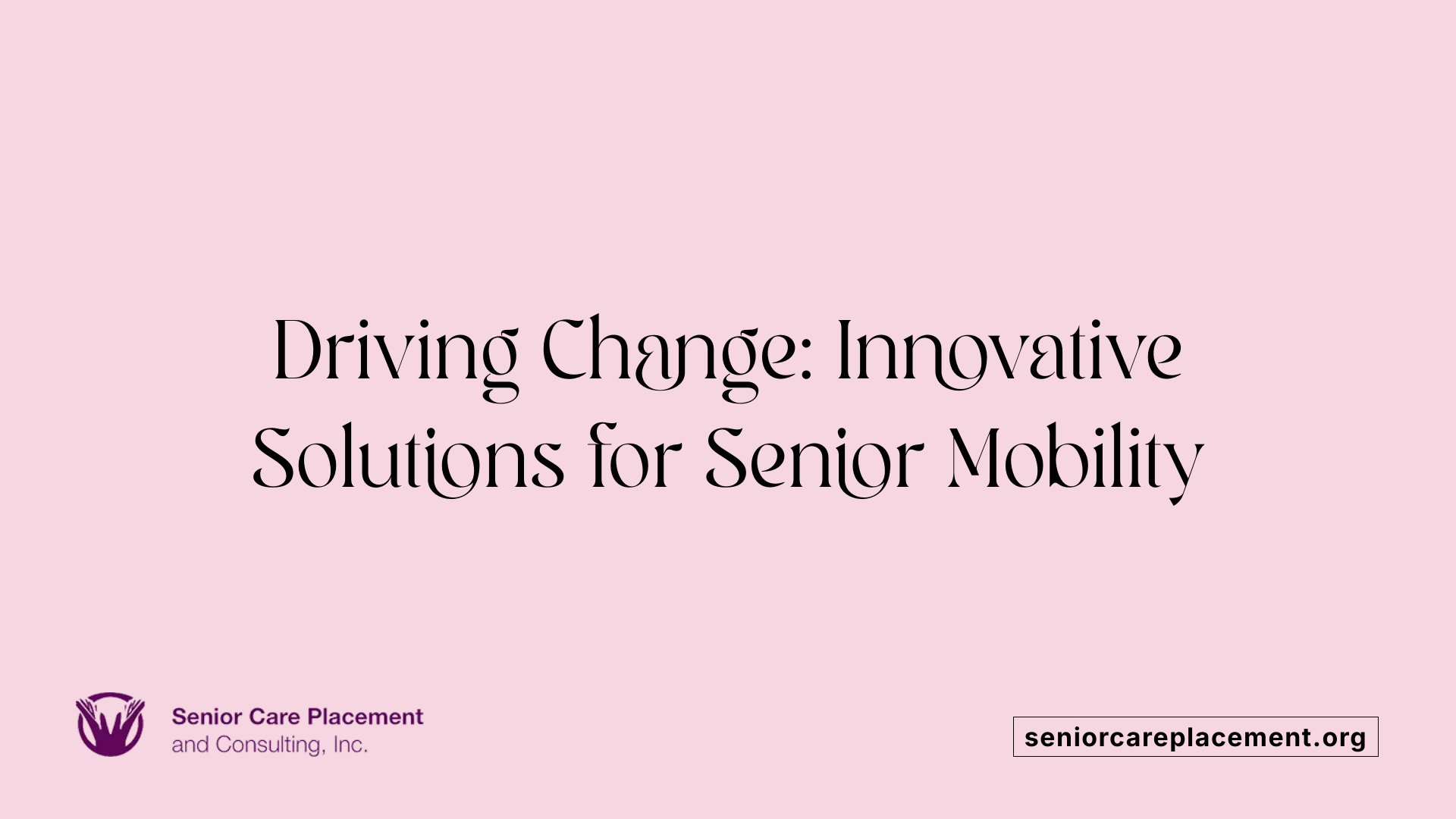
What are the research recommendations for improving transportation access for older adults?
Research has emphasized the need for targeted data collection regarding the transport requirements of older adults. This can help identify specific gaps and ensure that transportation systems are adequately equipped to meet these needs. Recommendations also include expanding affordable transportation options to cover not just medical appointments, but also social destinations, making it easier for older adults to connect with their communities.
How can collaboration between transportation providers and public health sectors enhance senior mobility?
Collaboration is crucial for better addressing the challenges older adults face. By partnering, transportation providers and public health agencies can create comprehensive strategies that integrate transportation services with health and social support systems. This holistic approach ensures that seniors have the resources they need to sustain their quality of life, ultimately reducing social isolation.
What innovative community initiatives are emerging to assist seniors with transportation?
In recent years, community initiatives such as ride-sharing programs tailored for seniors have gained traction. For instance, services like GoGo Grandparent help older adults navigate ride-hailing platforms like Uber and Lyft, which may initially seem daunting. Additionally, local senior centers now often provide transport services, enhancing access to essential services and social events, significantly reducing feelings of loneliness among seniors.
| Initiative Type | Description and Benefits | Target Group |
|---|---|---|
| Data Collection Initiatives | Studies on transport needs of seniors; informs service upgrades | Older adults with transport barriers |
| Collaborative Projects | Partnerships between health agencies and transport providers | Seniors needing access to social resources |
| Ride-Sharing Programs | Services like GoGo Grandparent assist seniors with transportation needs | Older adults unfamiliar with current tech |
Policies and Initiatives Supporting Elderly Transport

How can transportation be made more elderly-friendly?
Transportation options can be tailored to meet the needs of older adults by following the "5 A's of Senior-Friendly Transit": Availability, Accessibility, Acceptability, Affordability, and Adaptability. These principles ensure that transportation services are available when required, physically accessible, pleasant, economical, and flexible.
Many communities recognize the importance of enhancing transportation for seniors and are actively developing programs. For instance, regions within the AARP Network of Age-Friendly States and Communities focus on improving walkability, safety, and on-time transit service. Here are some notable examples:
- Cutler Bay, Florida: Offers free rides for older adults, facilitating easier access to social and essential services.
- Maryland's VillageRides: A volunteer-based transportation service that connects seniors with community resources.
Examples of state and local initiatives
Various states are taking steps to ensure that public transportation meets the needs of seniors. Notable initiatives include:
| State | Initiative Name | Description |
|---|---|---|
| California | Senior Mobility Plan | Comprehensive approaches to enhance transportation for seniors across urban and rural settings. |
| Florida | Community Transportation Coordinator Program | Aims to ensure coordinated transportation options that are accessible and affordable for older adults. |
Role of policy in ensuring transport equity and access for seniors
Effective policy is crucial in promoting transport equity and accessibility for older adults. Policymakers must collaborate with transportation providers and health organizations to craft solutions that extend beyond basic medical transportation to encompass activities that enrich social life.
By actively addressing the barriers faced by seniors, such as affordability and accessibility of transportation services, initiatives can develop comprehensive transit systems aimed at improving the overall well-being of older populations. Through diligent efforts to implement these policies and initiatives, communities can significantly reduce the social isolation that many older adults face, fostering a healthier, more connected society.
Understanding Diverse Transportation Needs
What is the role of transportation in society?
Transportation is fundamental to societal function, facilitating access to essential services, employment, and social connections. It fosters mobility, which is paramount for fulfilling the needs of individuals across various life stages, particularly among older adults. The influence of transportation goes beyond mere travel; it shapes economic opportunities, cultural exchanges, and community interactions.
Elderly travel patterns and their implications
Elderly individuals exhibit distinct travel patterns influenced by their reduced mobility, smaller household sizes, and changing social roles. Studies reveal that as they age, many seniors make significantly fewer trips, not purely due to declining mobility but also as a result of less work-related travel. For instance, one-third of homebound older adults face barriers that limit their social participation, indicating a need for targeted transportation solutions.
Importance of diverse lifestyles affecting mobility needs
The lifestyles of older adults are diverse, affecting their transportation needs. While some may become entirely reliant on personal vehicles, many also seek alternative modes of transport, including public transit and ride-sharing services, to maintain their independence. Understanding that the elderly are not uniformly car-dependent allows for more inclusive planning and transportation options that cater to their varied lifestyles.
Role of personal vehicles vs. public transit for seniors
For many seniors, personal vehicles serve as a lifeline to independence, enabling access to medical appointments and social activities. However, the loss of driving privileges due to age or health issues can drastically limit their mobility. Public transit emerges as a crucial alternative, yet it often presents challenges such as physical accessibility and safety concerns. Thus, a balanced approach integrating both public transit and personal vehicle options is essential for addressing the comprehensive mobility needs of older adults, allowing enhanced social participation and improved well-being.
Enhancing Senior-Friendly Transport Systems

What are the features of age-friendly transport systems?
Creating age-friendly transport systems centers around the so-called "Five A's of Senior-Friendly Transportation." These are:
- Availability: Ensuring transport options exist where seniors need to travel, from healthcare appointments to social gatherings.
- Accessibility: Making sure these options are readily reachable, especially with regard to mobility challenges such as limited physical strength or the need for wheelchairs.
- Acceptability: Providing services that are comfortable and culturally appropriate for older adults, ensuring their dignity and comfort are prioritized during travel.
- Affordability: Keeping transportation costs manageable for seniors, who often live on fixed incomes.
- Adaptability: Continuously modifying services to meet changing needs and preferences of the elderly population.
How does technology enhance elderly transport options?
Innovations like ride-sharing services (e.g., Uber, Lyft) and specialized platforms such as GoGo Grandparent empower seniors to navigate their transport options more effectively. These technologies can simplify ride requests and offer critical access to resources, thus promoting independence.
What are examples of successful senior transport models?
- Senior Center Rides: Many community centers provide free or low-cost transportation services to facilitate social interaction.
- Dial-A-Ride Services: Local governments often offer these services, featuring flexible routes tailored to the needs of seniors.
- Paratransit Services: These transport options are designed explicitly for those with mobility limitations, using accessible vehicles to enhance safety and comfort.
By integrating these components, communities can dramatically transform the quality of life for older adults, allowing for increased social participation and improved mental health.
Mobility's Broader Implications for Senior Life
How does transportation affect the quality of people's lives?
Transportation is profoundly intertwined with the quality of life, particularly for older adults. It serves as a conduit for access to vital services and activities, from medical appointments to social gatherings.
- Health Outcomes: Reliable transportation directly influences older adults’ health by enabling regular access to healthcare, which is crucial for managing chronic conditions like diabetes and heart disease. The prevention of missed medical appointments greatly aids in improving health outcomes.
- Social Engagement: Transportation facilitates vital social interactions. Seniors who access transportation options are more likely to engage in community activities, reducing feelings of loneliness and isolation that can lead to depression.
- Independent Living: Public transportation and community-supported transit options empower seniors to maintain independence. With regular schedules and reliable services, seniors can plan their daily activities, enhancing both autonomy and self-confidence.
- Benefits of Emerging Trends: The advent of ride-sharing services and potential future reliance on self-driving vehicles expands transportation options for older adults. These trends provide necessary avenues for mobility, especially among those who can no longer drive.
| Aspect | Importance | Example |
|---|---|---|
| Health Outcomes | Reduces missed appointments | Transport to clinics |
| Social Engagement | Lowers feelings of isolation | Attending community events |
| Independent Living | Enhances self-sufficiency | Using local transit |
| Emerging Mobility Trends | Expands options available to seniors | Ride-sharing, self-driving cars |
In sum, accessible transportation plays a crucial role in offering broader benefits that extend far beyond mobility. It not only connects older adults to essential services but also helps anchor them within their communities, fostering better health outcomes and enhanced well-being.
The Road Ahead: Ensuring Accessible Transport for Seniors
Reliable transportation is a cornerstone of well-being for seniors, connecting them to essential services and their communities. As we look to the future, it is imperative to address the barriers seniors face in accessing transport and to continue developing innovative, inclusive solutions that honor the mobility needs of older adults. By fostering collaboration and enhancing policy support, society can ensure that transportation remains a powerful tool for promoting independence, reducing isolation, and improving the overall quality of life for seniors.
References
- The Role of Transportation in Addressing Social Isolation in Older ...
- The Role of Transportation in the Social Integration of the Aged - NCBI
- Why Transportation is So Important to Older Adults? - Family First
- [PDF] The Role of Transportation in Addressing Social Isolation in Older ...
- Why Transportation is so Important to Older Adults - Benjamin Rose
- How Can Older Adults Get Help with Using Transportation Services?
- Public transport inclusion and active aging: A systematic review on ...























